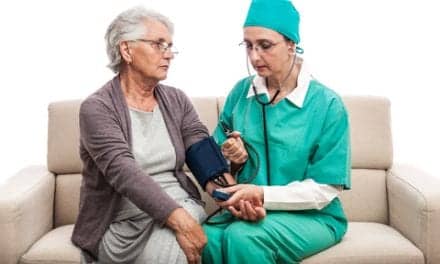Researchers at the University of Nottingham’s Division of Anesthesia and Intensive Care are looking for news ways to assess the best way of using ventilators with the minimum of risk for lung injury.
Although ventilators can provide a vital lifeline to the sickest and most vulnerable patients, the use of these devices can cause debilitating lung injures—some from which patients do not recover. “Patients who come into the hospital with a survivable illness can die from a ventilator-associated injury,” says University of Nottingham’s Jonathan Hardman, BMedSci, clinical associate professor and reader in anaesthesia, Faculty of Medicine & Health Sciences, “[or] they could be left with lungs so badly scarred that it could affect them for the rest of their lives.”
Ventilator associated injuries also have an economic impact: more hospital days in the ICU, at greater cost to the hospital, and lost working days.
Working with engineers from the University of Leicester, Hardman and colleagues will produce believable computer models of lungs representing various illnesses and injuries that will allow them to look at different treatments (such as varying the amount of oxygen or the number of breaths per minute.
“Eventually, says Hardman, “This could lead to computer management of ventilators [sic] which will provide the optimum treatment with the least risk of injury.”








